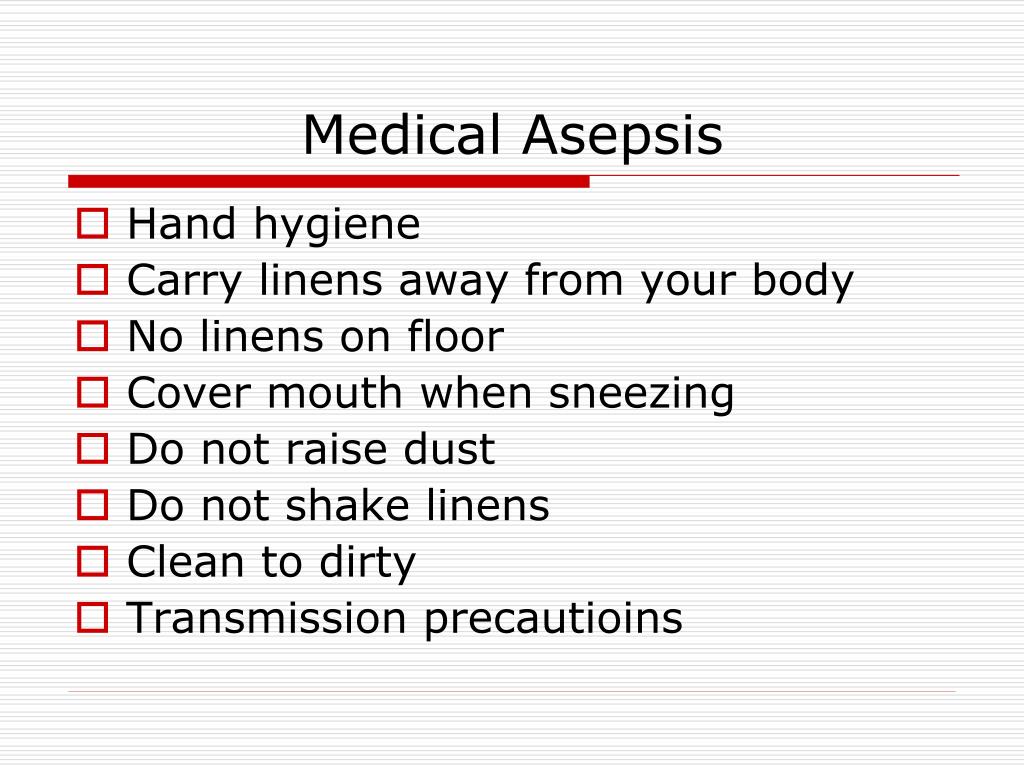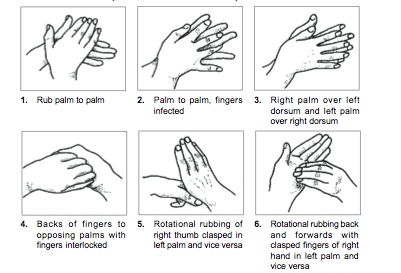
Rarely, worn modular polyethylene inserts may be exchanged as an isolated procedure, provided that the remaining components are well fixed and well aligned. The factors responsible for polyethylene wear are discussed in the earlier section on polyethylene issues. Polyethylene wear can cause failure of TKA by contributing to loosening and osteolysis or more rarely by catastrophic failure through polyethylene fracture. Component loosening also can be manifested by implant migration shown on sequential radiographs ( Fig. Such studies allow careful positioning of the x-ray beam parallel to the surfaces of the implant so that subtle radiolucencies can be detected and correlated with clinical evaluation of these patients. Fluoroscopic examination may be helpful in patients with unexplained pain after TKA and normal radiographs.

For the evaluation of progressive lucency, comparable views must be obtained at each examination. A radiolucent line under a metal-backed tibial component can be obliterated by 4 degrees of knee flexion. If these lines are extensive, progressive, or associated with symptoms, aseptic loosening must be considered as well.

Radiolucent lines around uncemented total knee implants indicate areas where bone ingrowth has not occurred.

Incomplete radiolucencies of less than 2 mm are common and have not been shown to correlate with poor clinical outcomes in cemented TKA. It has been associated with malalignment of the limb, ligamentous laxity, duration of implantation, patients with high activity demands, polyethylene wear, and excessive component constraint.Īseptic loosening of either component may be apparent on radiograph as a complete radiolucent line of 2 mm or more around the prosthesis at the bone-cement interface in cemented arthroplasty ( Fig. To date, tibial component loosening has been more common than femoral component loosening. Azar MD, in Campbell's Operative Orthopaedics, 2021 Aseptic failure of primary total knee arthroplastyĪseptic failure of TKA can be caused by several factors, including component loosening, polyethylene wear with osteolysis, ligamentous laxity, periprosthetic fracture, arthrofibrosis, and patellofemoral complications.


 0 kommentar(er)
0 kommentar(er)
